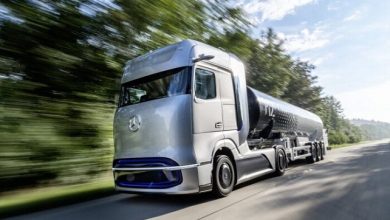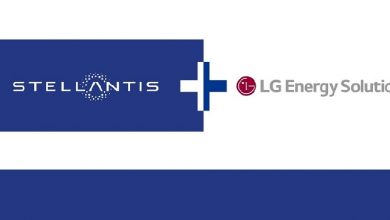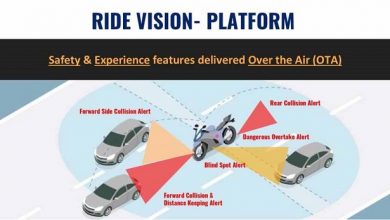AECC Unveils Digital Twins in the Automotive Sector White Paper
WAKEFIELD, Mass.–(BUSINESS WIRE)–The Automotive Edge Computing Consortium (AECC) is proud to announce the release of its latest white paper, titled Digital Twins. This free-to-download document serves as a cornerstone in understanding the potential of digital twin technology — high-fidelity digital representations of real-world entities, events, and environments that influence mobility — within the automotive sector, offering insights into its application, challenges, and the vital role of edge computing.
“As digital twins continue to gain traction across industries, the AECC remains committed to advancing this technology within the automotive sector”
“As digital twins continue to gain traction across industries, the AECC remains committed to advancing this technology within the automotive sector,” said AECC President and Chair Dr. Ryokichi Onishi, a Principal Engineer and General Manager at Toyota Motor Corporation. “The white paper explores the concept of digital twins and delves into the automotive sector’s specific use cases, where digital twins can revolutionize traffic engineering, vehicle resource sharing, and personalized adaptive cruise assistance.”
Key Highlights of the White Paper:
- Traffic Engineering Using Road Event Digital Twins:
- Digital twins can simulate real-time road conditions by integrating data from street events, providing historical references and enabling more efficient traffic management.
- Vehicle Resource Sharing Using Vehicle Digital Twins:
- The paper discusses the potential of using high-power GPUs in luxury vehicles as edge computers to improve service quality through localized and personalized AI models.
- Personalized Adaptive Cruise Assist Using Driver Behavior Digital Twins:
- By collecting and analyzing data on driving behavior and physical condition, digital twins can offer personalized cruise assist recommendations, enhancing driver safety and comfort.
- Leveraging Edge Computing:
- The white paper emphasizes the importance of low latency, high fidelity, and efficient data transport in automotive digital twin use cases. It outlines the necessity for an agile network architecture capable of maintaining consistent latency, even under challenging conditions like natural disasters.
- Addressing Edge Computing Implementation Issues:
- The document also addresses the complexities of network and computing architecture, highlighting the need for innovative solutions in AI processing, storage, and orchestration to fully realize the benefits of digital twins in the automotive industry.
Collaborate with OEMs, MNOs, Cloud Providers and App Players
All companies interested in contributing to the connected vehicle services ecosystem are encouraged to become AECC members. AECC membership is open to organizations across any business vertical. To learn more about AECC membership, visit https://aecc.org/membership/.
About the AECC
The Automotive Edge Computing Consortium (AECC) is an association of cross-industry, global leaders working to explore the rapidly evolving and significant data and communications needs involved in instrumenting billions of vehicles worldwide. The AECC’s goal is to find more efficient ways to develop distributed computing and infrastructure network architectures to support the high-volume data needed for intelligent vehicle services. The AECC’s members are key players in the automotive, high-speed mobile network, edge computing, wireless technology, distributed computing and artificial intelligence markets. For more information about the AECC and its membership benefits, please visit https://aecc.org/.





